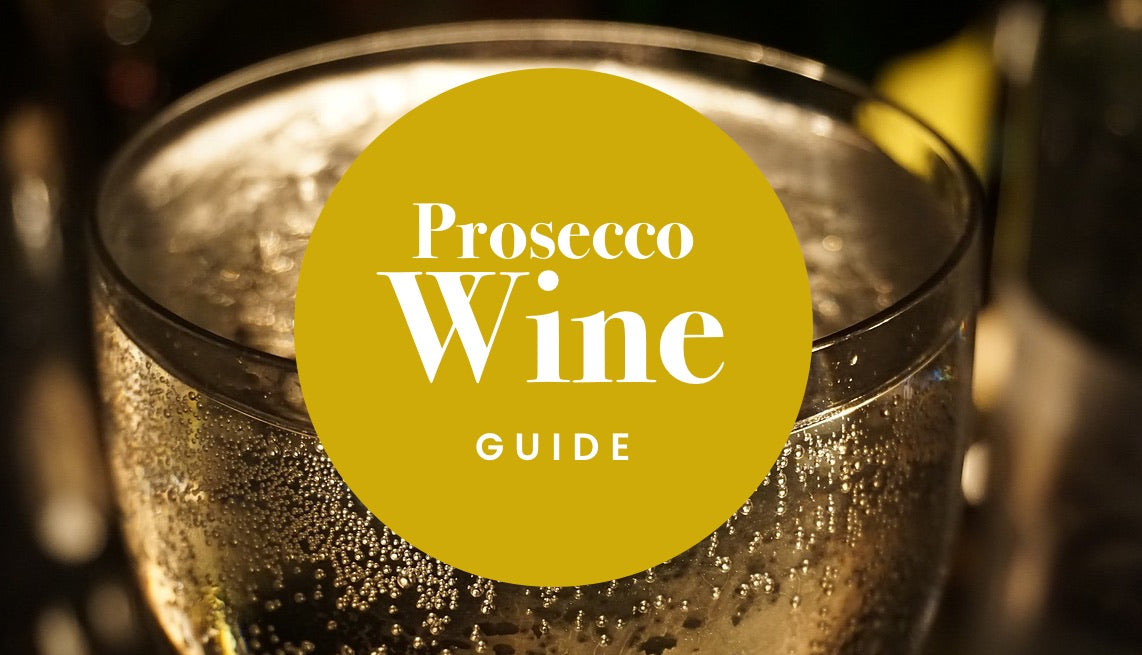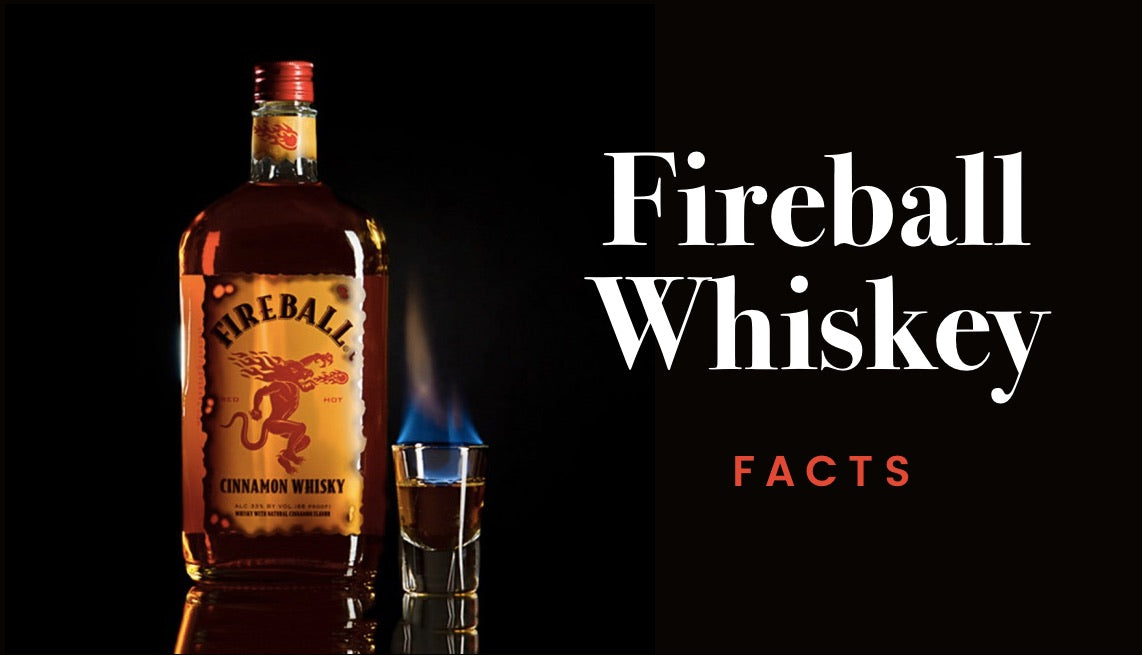
Guide to Prosecco Wine

If you enjoy sparkling wines, you surely must have tasted Prosecco wine at least once before. While most people compare it to Champagne, this tasty liquor from northeastern Italy has more to offer than just a bubbly, refreshing texture. You can find everything you need to know in our guide to Prosecco wine, including how they make it, how it tastes like and with which foods you can pair it. Let’s start!
Prosecco Wine is more than just Italy’s leading variety of sparkling wine and a worldwide alternative to Champagne. This liquor has its own strong personality and rich taste that has won the hearts and taste buds of wine lovers everywhere.
Prosecco wine comes from a type of grapes that Italians call Glera, and which grow mostly in the northeastern part of the country. The traditional color is white, but you may find varieties of pink or ruby-red Prosecco, in which this bubbly liquor contains a drop of Merlot or other easy blending red wines.
Where do they make Prosecco Wine?

Prosecco wine comes from the Valdobbiadene region in Veneto, Italy. Only the wine that comes from this area can carry the name of Prosecco. You may find similar varieties that come from across the world, and which carry similar bubbly characteristics, but they are not entitled to promote the same name.
Wine lovers consider that the best Prosecco wine comes from a tiny area between Conegliano and Valdobbiadene, and which is traditionally known as “La Strada di Prosecco,” which translates to The Prosecco Road. This area is just a few miles north of the popular city of Venice.
How do they make Prosecco Wine?
Italians produce Prosecco wine according to the Charmat method, which some call Cuve Close (Tank method), “Metodo Italiano” or “Metodo Martinotti.” This classic solution from the early 20th century asks for the wine to pass through the second stage of fermentation and have a higher level of CO2, and almost 3 atmospheres of pressure.
The Italian Method of making Prosecco wine involves a series of precise steps that all producers abide by, and which goes something like this:
- They harvest the grapes early to maintain their high levels of acidity.
- They press the grapes through soft pressing methods.
- They keep the clear juice that results from pressing and they store it in stainless steel tanks for as much as 10 days for the initial fermentation.
- They transfer the resulting dry wine into sealed and pressurized stainless steel tanks where they add various quantities of yeast and sugar. The wine stays there for 10 more days.
- The CO2 that results from this process remains in the tanks and produces the well-known bubbles.
- They filter the resulting fizzy liquor to remove the yeast, and they add still wine and sugar to give it its worldwide notorious taste.
- Using a special bottling machine, the producers transfer the wine into the bottles without losing the pressure that it had in the tank.
There you have it! Producing Prosecco wine requires a complex, yet effective process that brings one of the most delicious sparkling white wines to your table. This method of secondary tank fermentation does not follow the traditional steps of creating sparkling wine, but it is just as fruitful and more cost-effective.
Double tank fermentation gives the wine a sparkling texture and a stronger, fresh character. Furthermore, it allows you to get a better taste of the fruity aromas in Prosecco and to enjoy its thoroughly vibrant aftertaste.
How does Prosecco Wine taste like?
Prosecco wine is traditionally dry, or as wine lovers like to call it “brut.” This taste results from the Tank Method of double fermentation and from the fact that most producers add still, dry wine in the preparation process.
Due to the natural sugar in Glera grapes, the Prosecco wine carries a certain sweet aftertaste that resembles fruits like apples, pears, and melons.
The sweet aroma also comes from the quantity of sugar that winemakers add to the liquor. The most popular types of Prosecco that you can find include three varieties:
- Dry – contains up to 1 gram of added sugar per liter and up to 32 grams of residual grape sugar.
- Extra Dry - contains ½ of a gram of added sugar per liter and up to 17 grams of residual grape sugar.
- Brut - contains up to ½ of a gram of added sugar per liter, and up to 12 grams of residual grape sugar.
As you may notice, Prosecco dry is the sweetest variety of Prosecco you can buy. Contrary to most wines where the “dry” version has the least possible sugar and a certain bitter, still texture, the Prosecco dry or extra dry varieties will taste sweeter than you would expect.
How to serve Prosecco Wine

Before you discover what foods to eat with Prosecco wine, you should consider this liquor’s unique characteristics. As a sparkling wine, Prosecco tastes best when you serve it cold (38–45 °F / 3–7 °C). Also, because it is an elegant, subtle wine, you should drink it from a tall glass that keeps the bubbles in for a longer time than most wine glasses out there.
What foods to eat with Prosecco Wine
Prosecco white wine is a versatile drink that you can easily pair with a wide range of foods, as long as they are entrées. Aperitifs of charcuterie, cheese assortments, sea fruit, and nuts go great with a glass of Prosecco. This wine is also a great palate cleanser that you can have at a wine-tasting event to prepare your taste buds for a different variety of wine.
Differences between Prosecco Wine and Champagne
A simple visit to your local wine store will reveal the main difference between Prosecco and Champagne wines, which is the price. The French wine renowned for its bubbly spectacle will cost you as much as $50 per bottle while the same quantity of genuine Prosecco from the Prosecco Road will only take as much as $15 from your pocket.
Otherwise, Champagne is less sweet than Prosecco but has a more mineral character due mostly to the grapes that grow in a colder climate than northeast Italy. If you want to go for a light, fruity appetizer, then Prosecco would make a better choice than its French bubbly counterpart.


